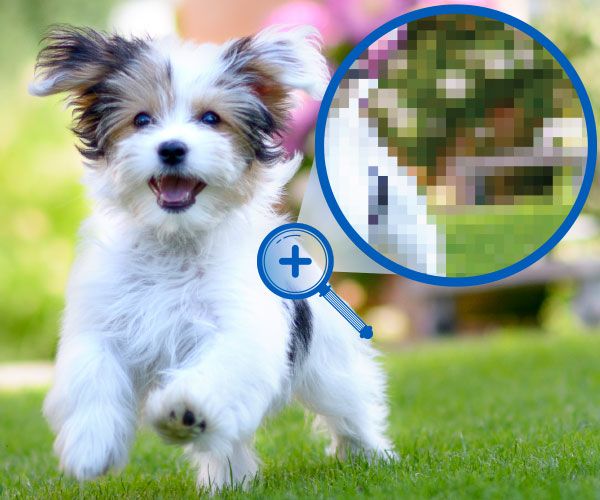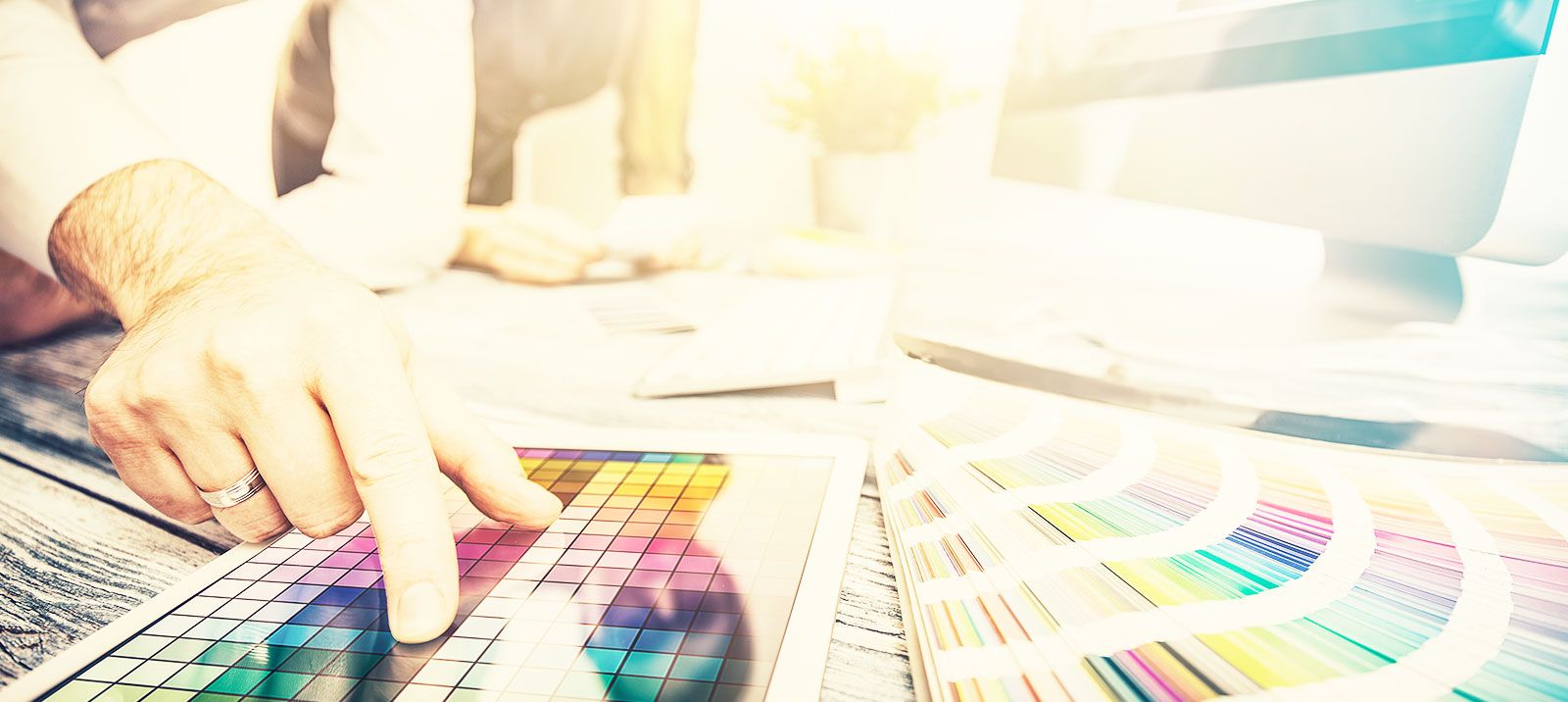
Every so often, we receive image files from customers that are too small, or the resolution is too low for print production. It is easy to mix up or misunderstand what can be low resolution or high resolution, so we are here to help clear some of that up for you!
Image resolution refers to the number of pixels, or printed dots, used to make up an image. Most images taken off the internet are at 72 dpi (dots per inch), which is a low resolution optimized for on-screen viewing. Although it may appear crisp on your monitor or mobile device, when that same image is printed you will immediately notice the pixels and blocky appearance of the image.
Images and graphics saved for print use a standard resolution of 300 dpi. This increase in resolution allows the printed image to appear crisp and clear on your monitor and when printed.
It should be noted that increasing an images size, does not increase the number of dots per inch, it only increases the size of the dots. If an image with low resolution is scaled up, it will begin to appear blocky and pixelated, as the individual pixels have increased in scale.
If you have a choice in image sizes, especially from a stock photo library, always opt for the largest image available. An image can always be scaled down as needed without losing quality.
Click here to download our Image Resolution guide.
Click here to download our Art Submission guidelines.

